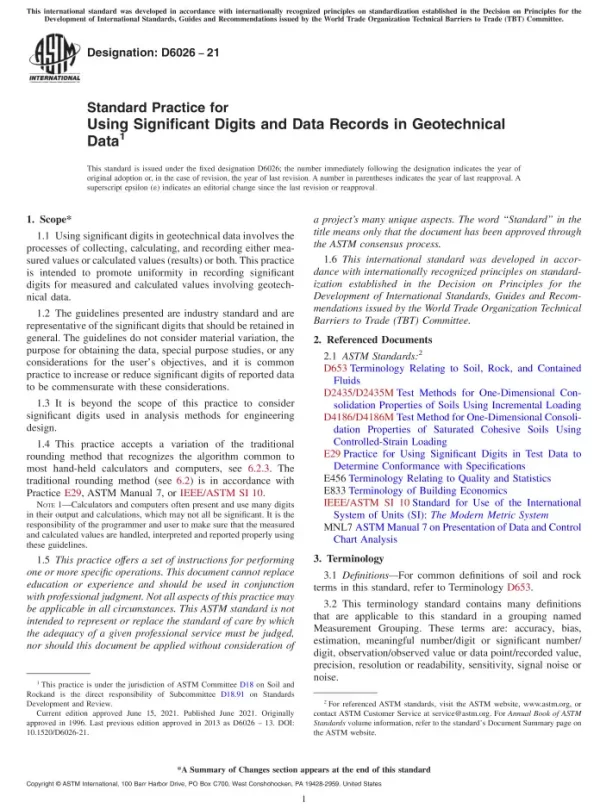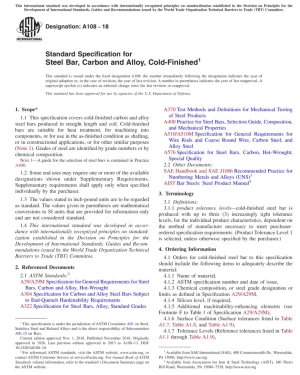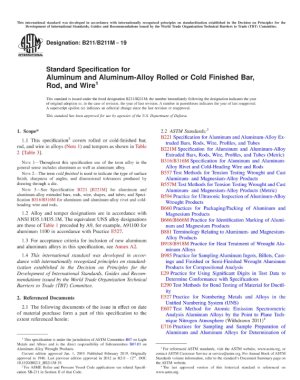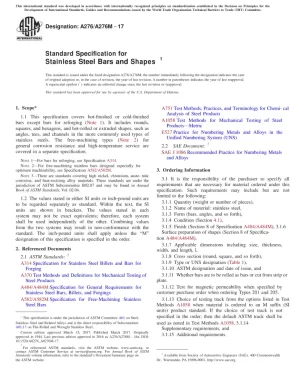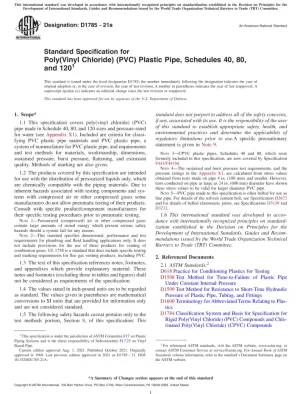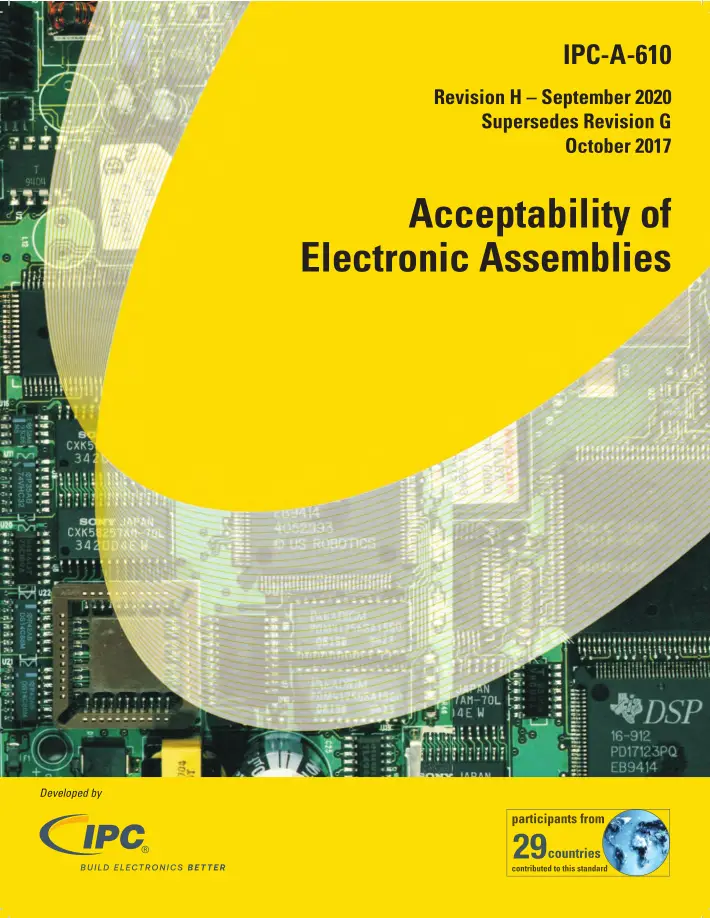ASTM D6026, 2021 Edition – Standard Practice for Using Significant Digits and Data Records in Geotechnical Data
Using significant digits in geotechnical data involves the processes of collecting, calculating, and recording either measured values or calculated values (results) or both. This practice is intended to promote uniformity in recording significant digits for measured and calculated values involving geotechnical data.
The guidelines presented are industry standard and are representative of the significant digits that should be retained in general. The guidelines do not consider material variation, the purpose for obtaining the data, special purpose studies, or any considerations for the user’s objectives, and it is common practice to increase or reduce significant digits of reported data to be commensurate with these considerations.
It is beyond the scope of this practice to consider significant digits used in analysis methods for engineering design.
This practice accepts a variation of the traditional rounding method that recognizes the algorithm common to most hand-held calculators and computers, see 6.2.3. The traditional rounding method (see 6.2) is in accordance with Practice E29, ASTM Manual 7, or IEEE/ASTM SI 10.
NOTE 1—Calculators and computers often present and use many digits in their output and calculations, which may not all be significant. It is the responsibility of the programmer and user to make sure that the measured and calculated values are handled, interpreted and reported properly using these guidelines.
This practice offers a set of instructions for performing one or more specific operations. This document cannot replace education or experience and should be used in conjunction with professional judgment. Not all aspects of this practice may be applicable in all circumstances. This ASTM standard is not intended to represent or replace the standard of care by which the adequacy of a given professional service must be judged, nor should this document be applied without consideration of a project’s many unique aspects. The word “Standard” in the title means only that the document has been approved through the ASTM consensus process.
This international standard was developed in accordance with internationally recognized principles on standardization established in the Decision on Principles for the Development of International Standards, Guides and Recommendations issued by the World Trade Organization Technical Barriers to Trade (TBT) Committee.
General Product Information:
| Revision | 2021 Edition |
| Document Type | |
| Document Language | English |
| Pages | 6 |
| Publisher | ASTM International (ASTM) |
| Status | Current |

